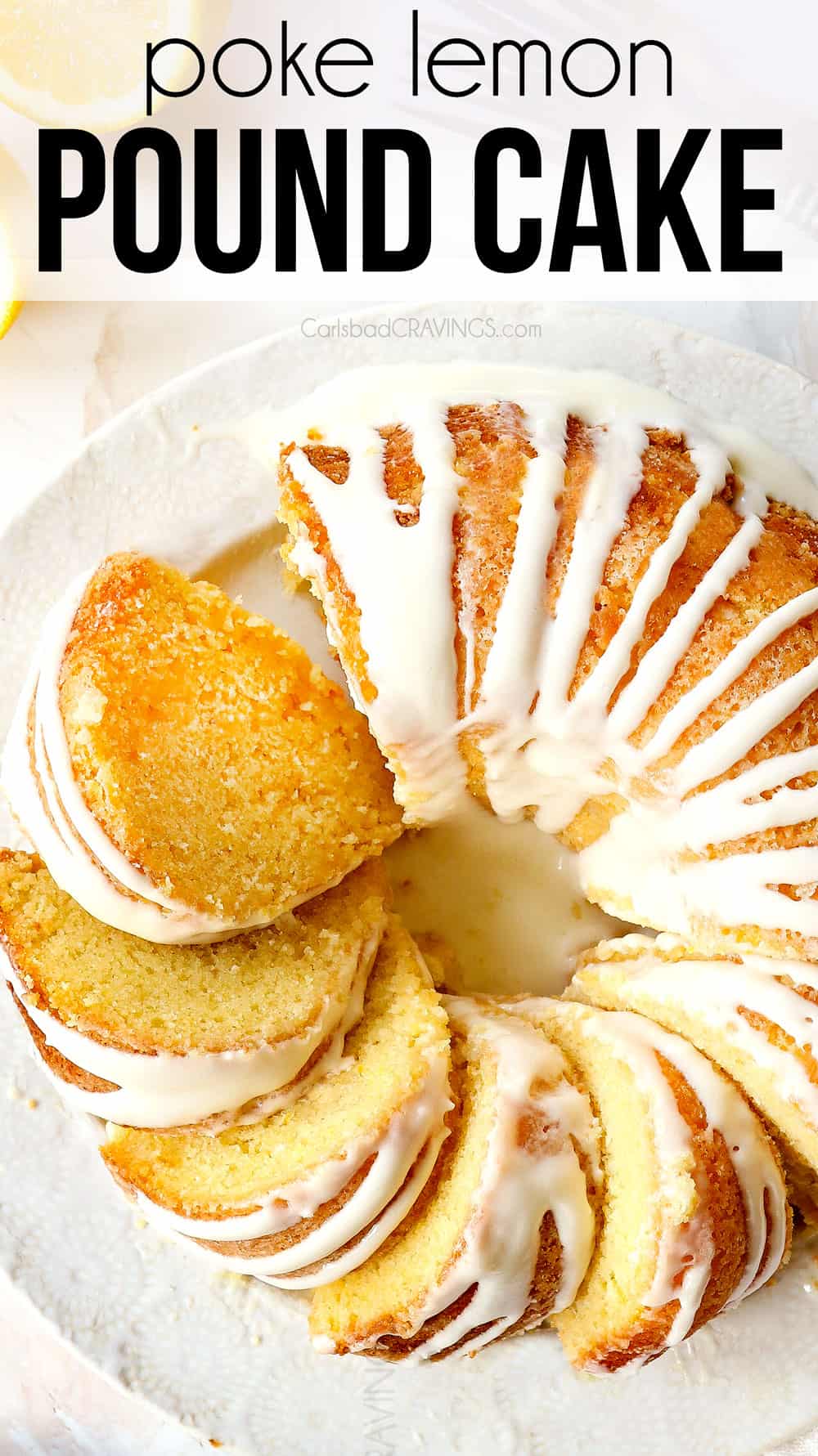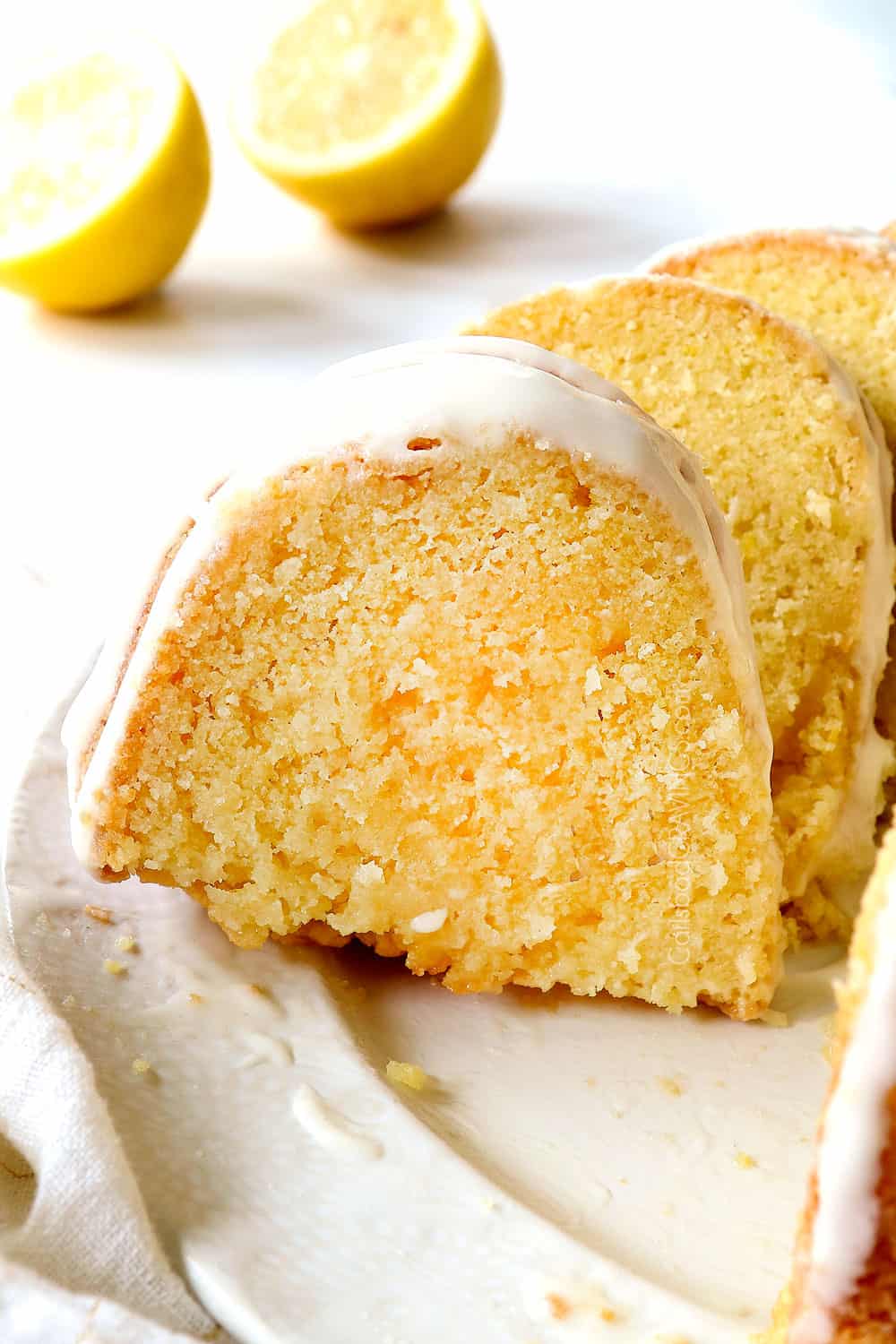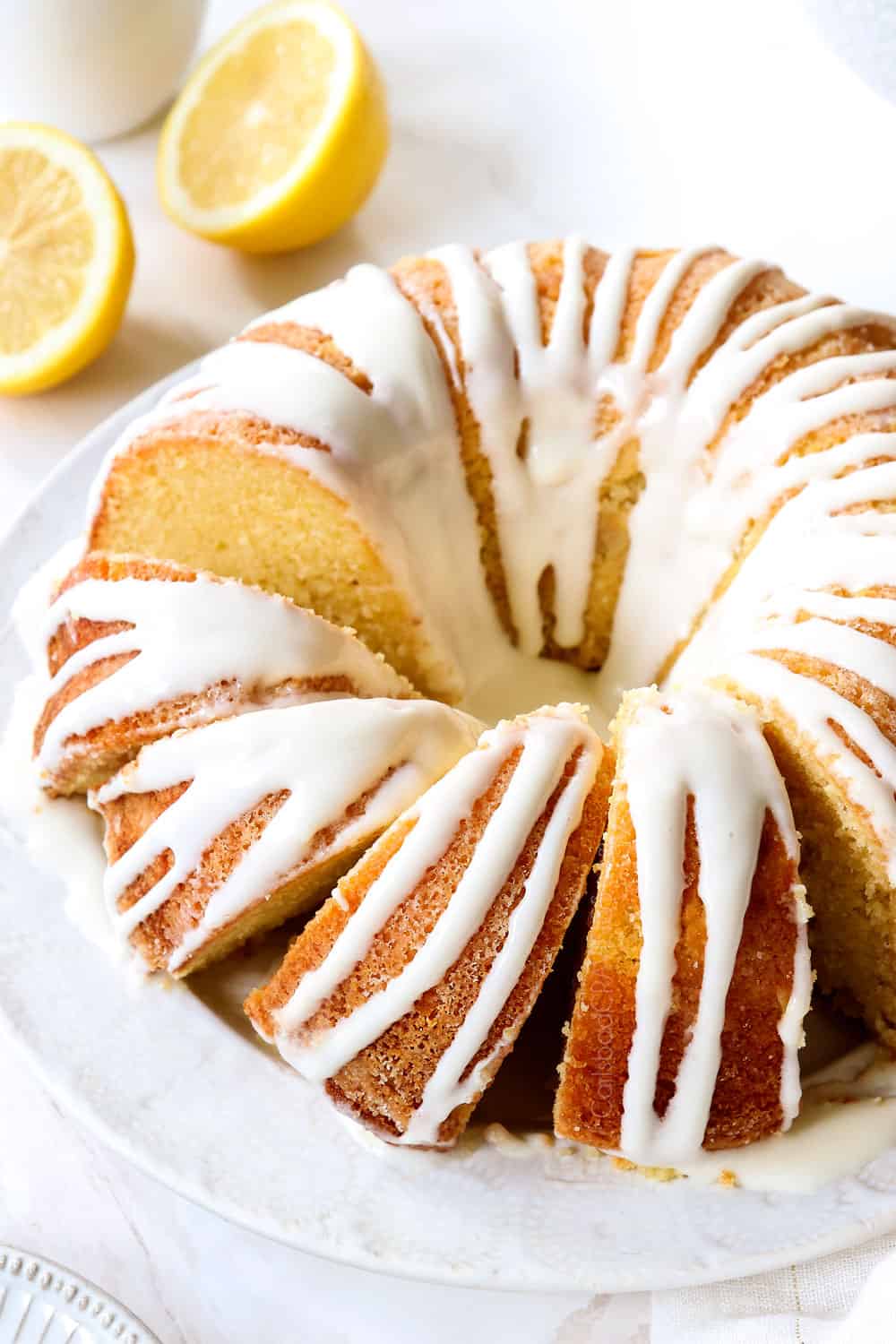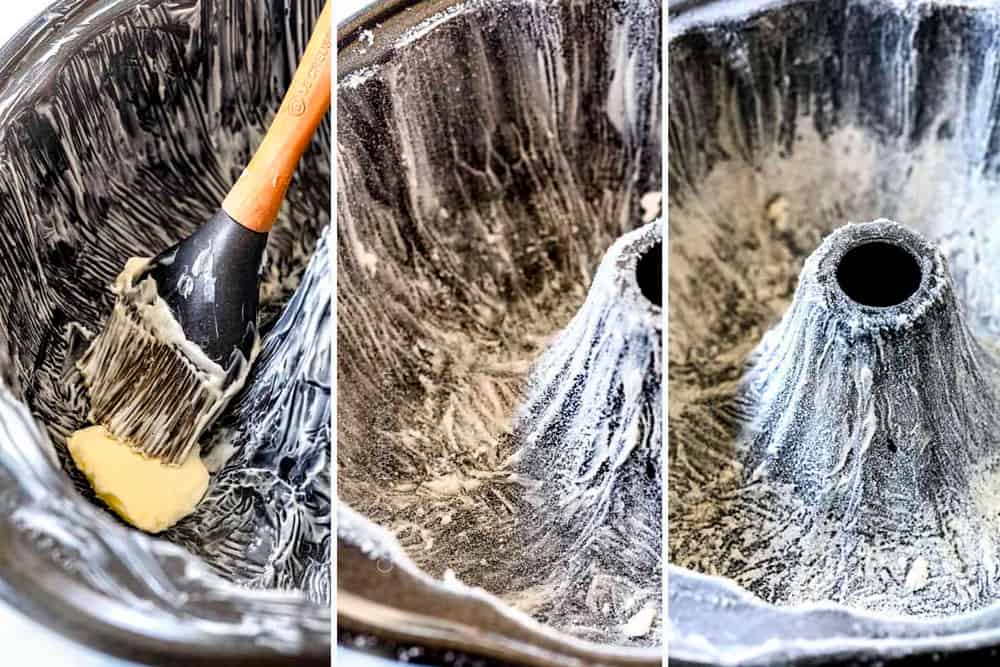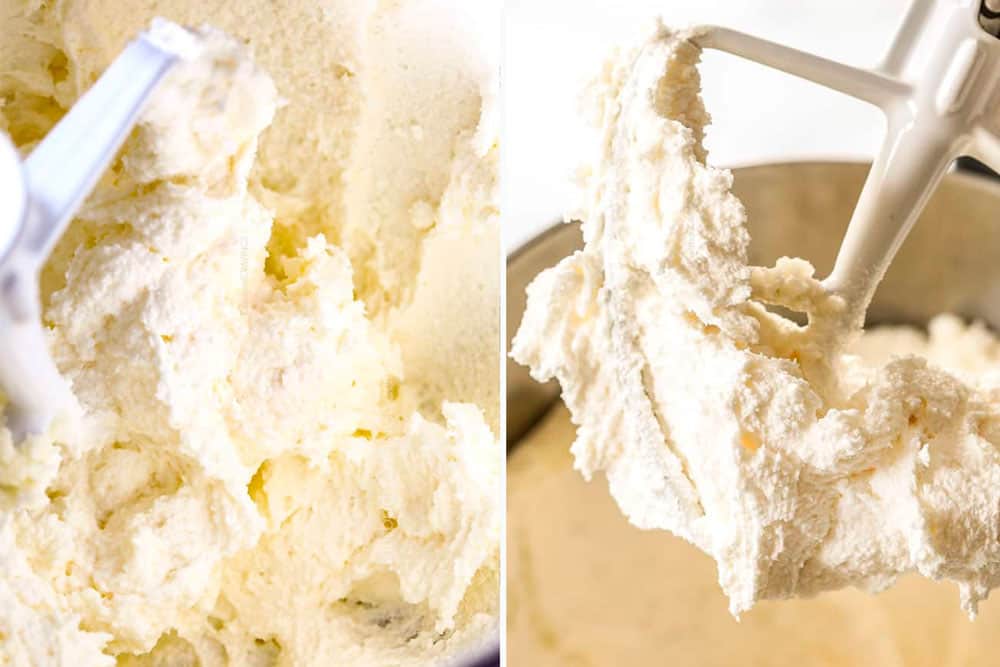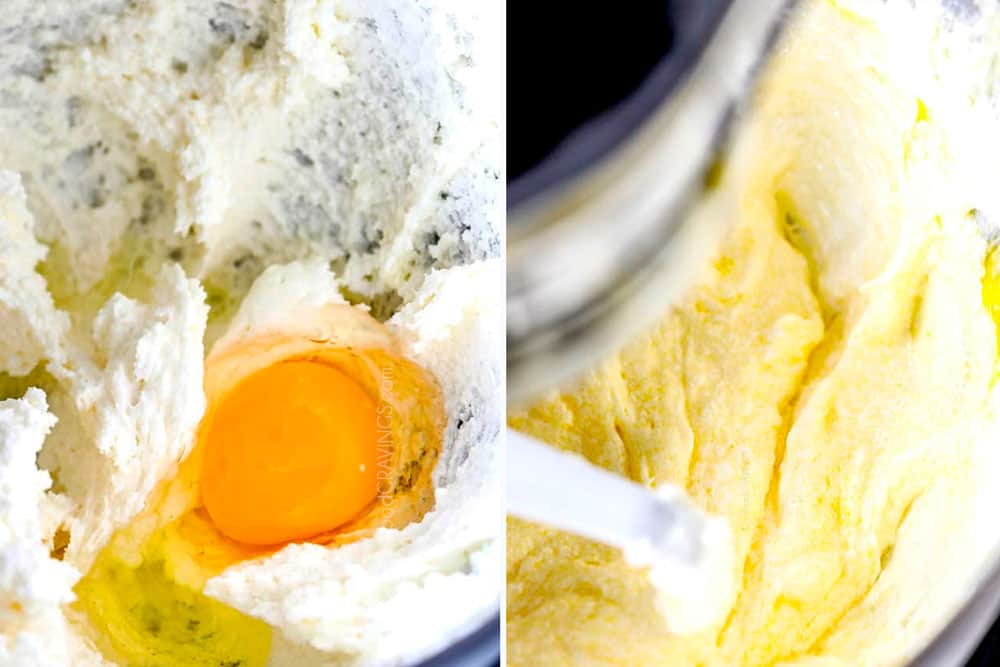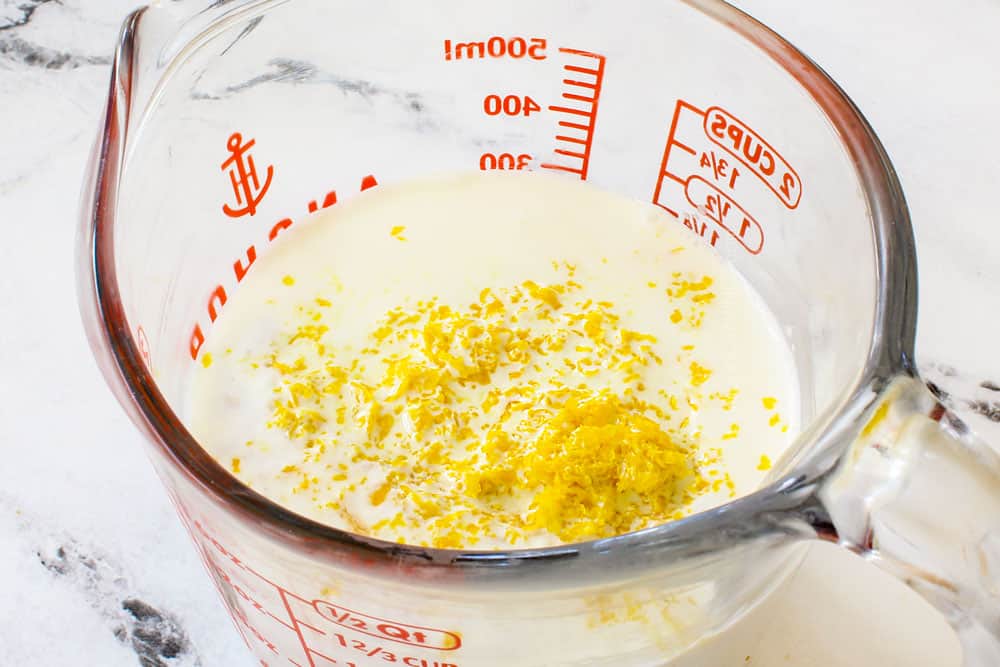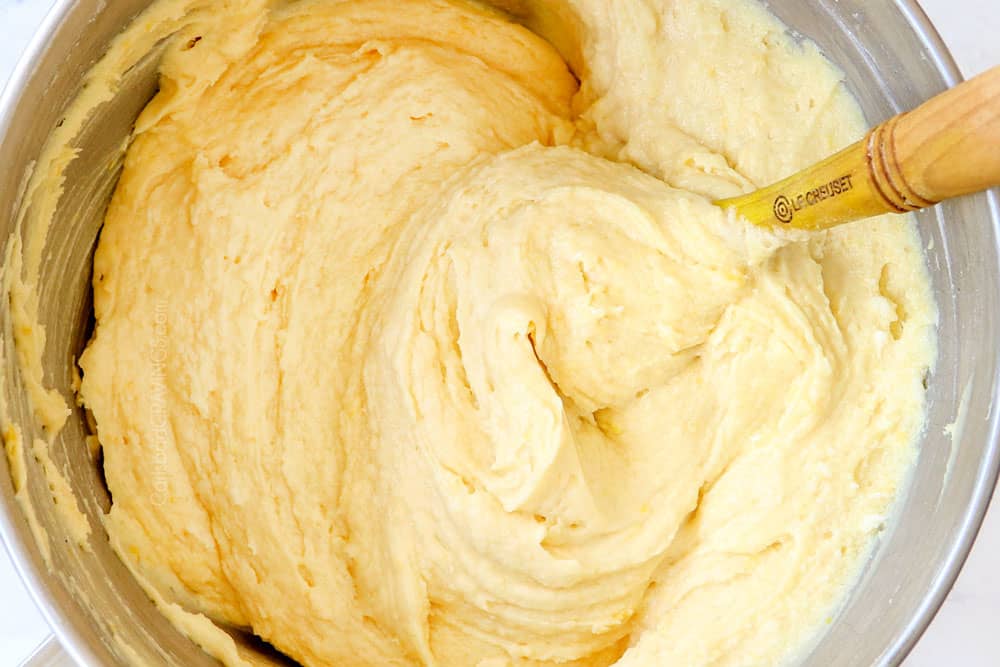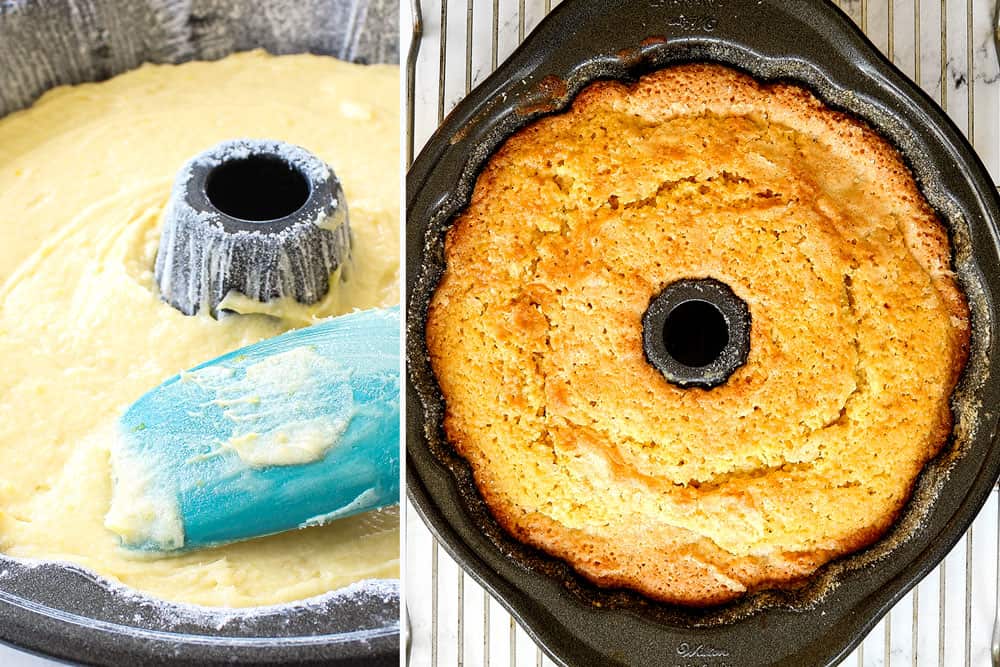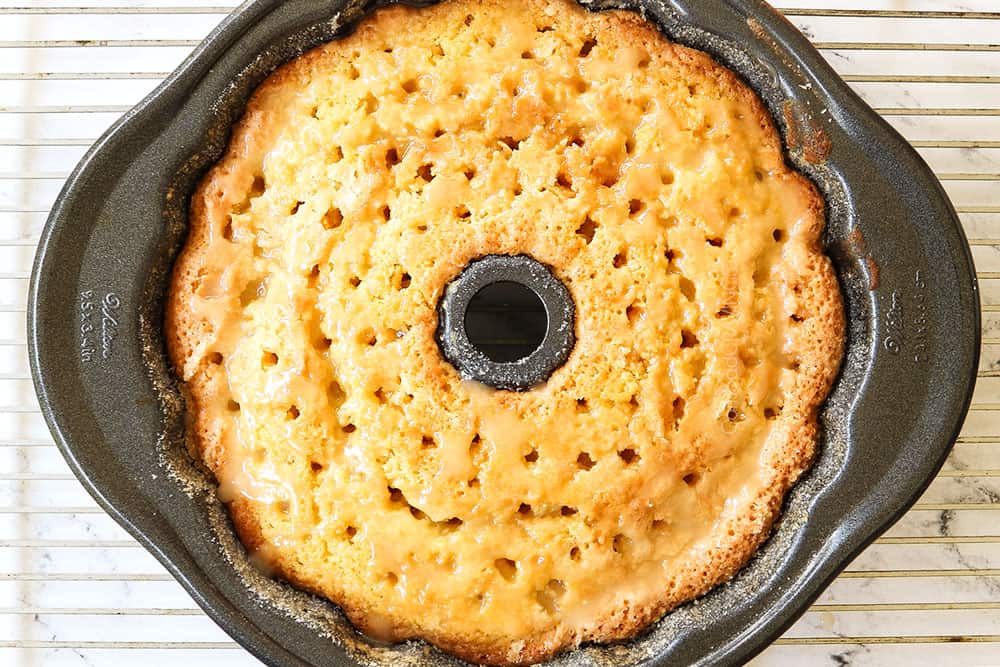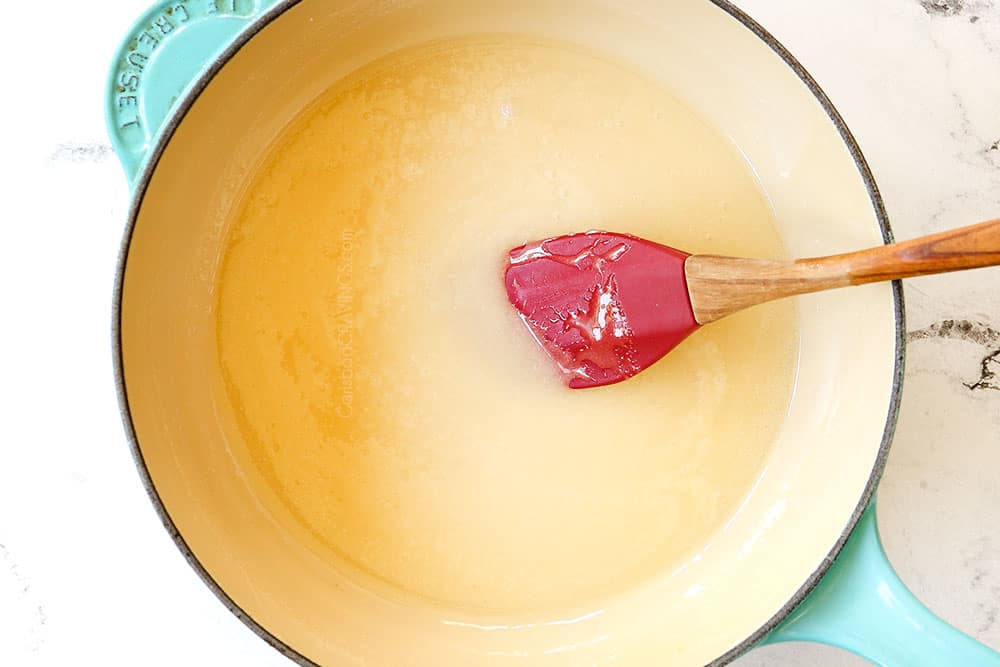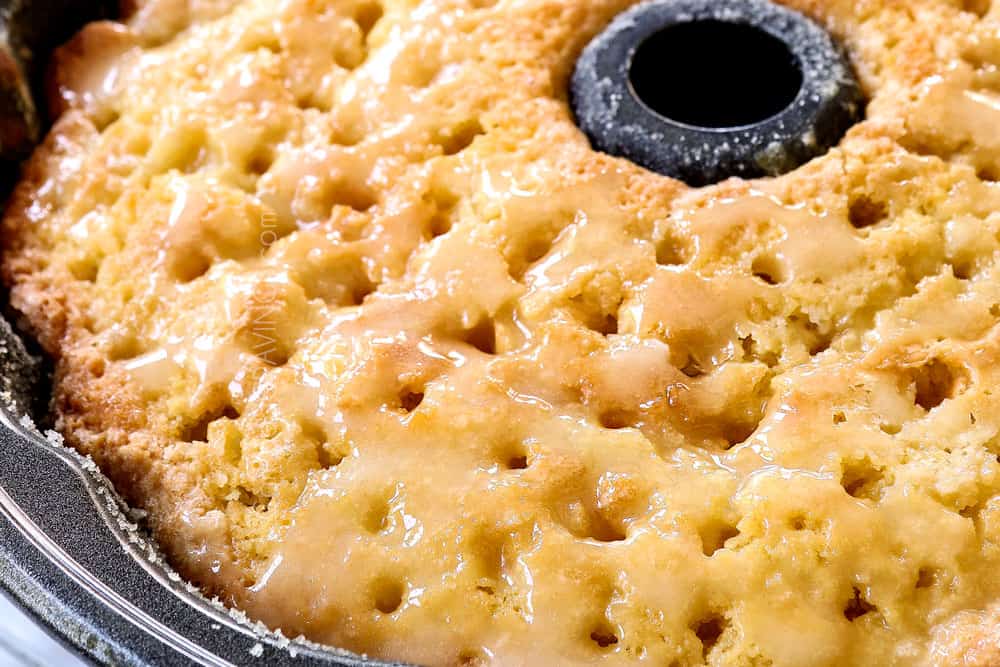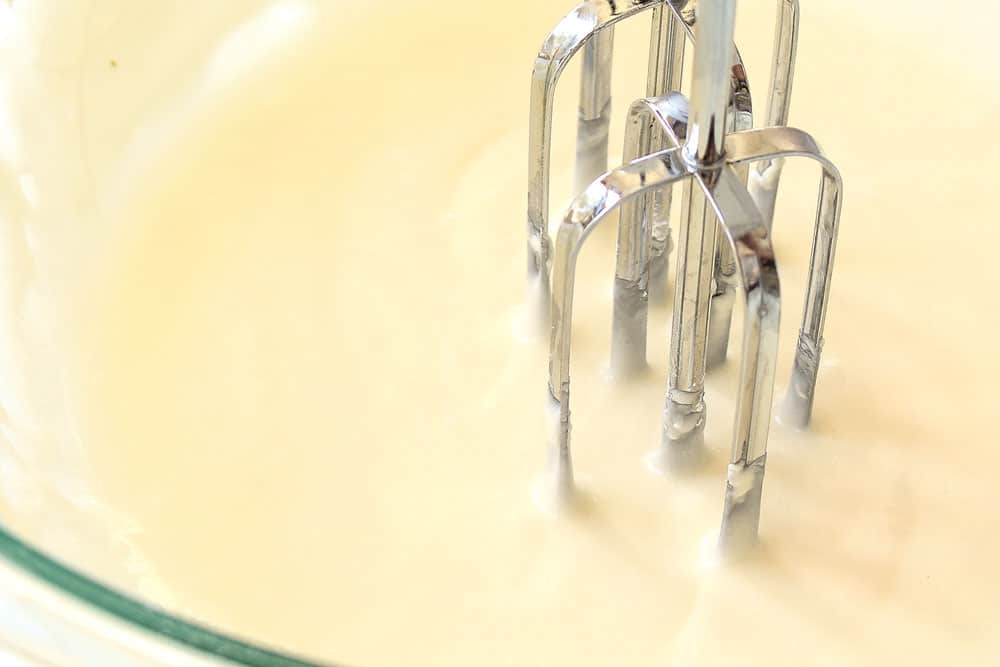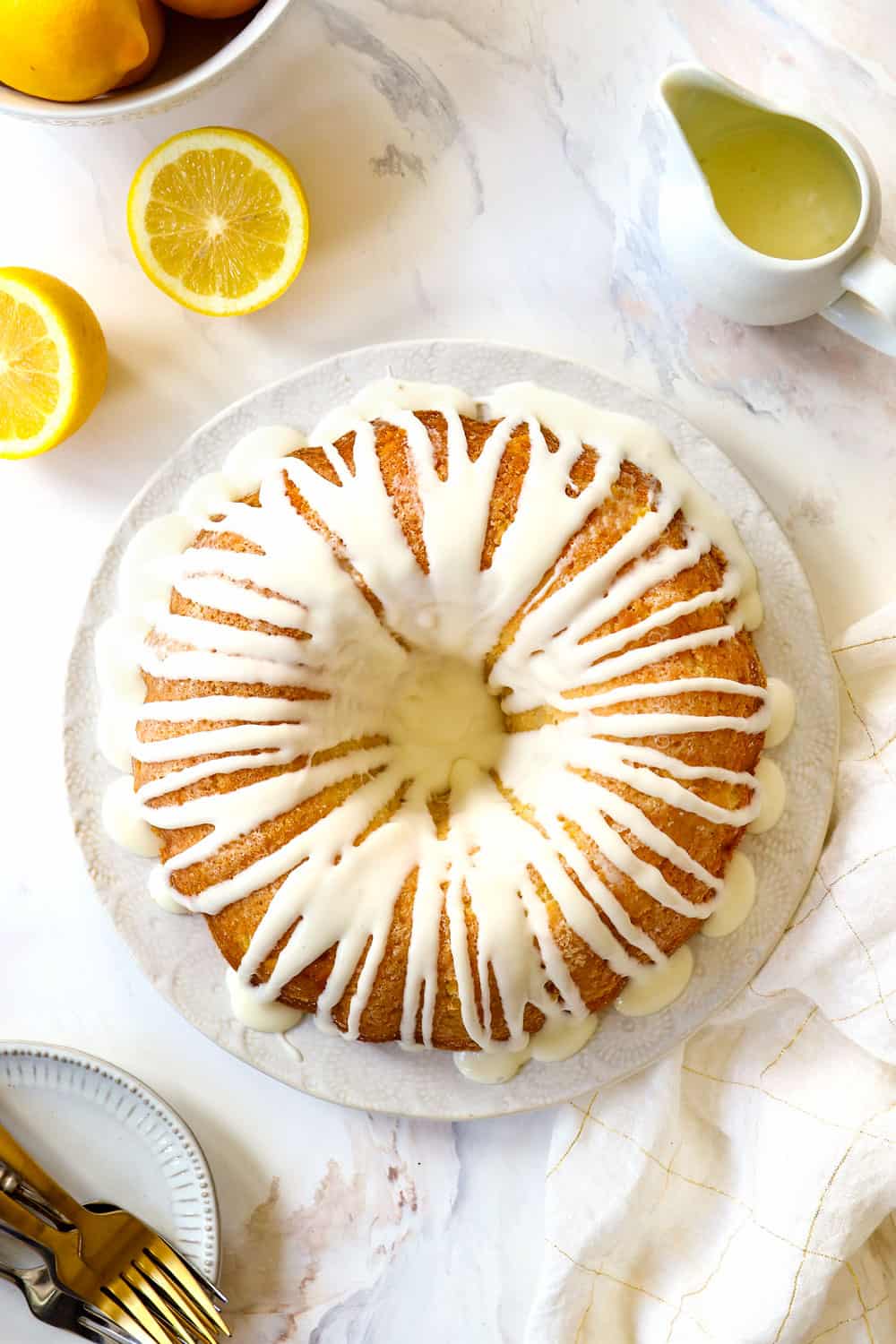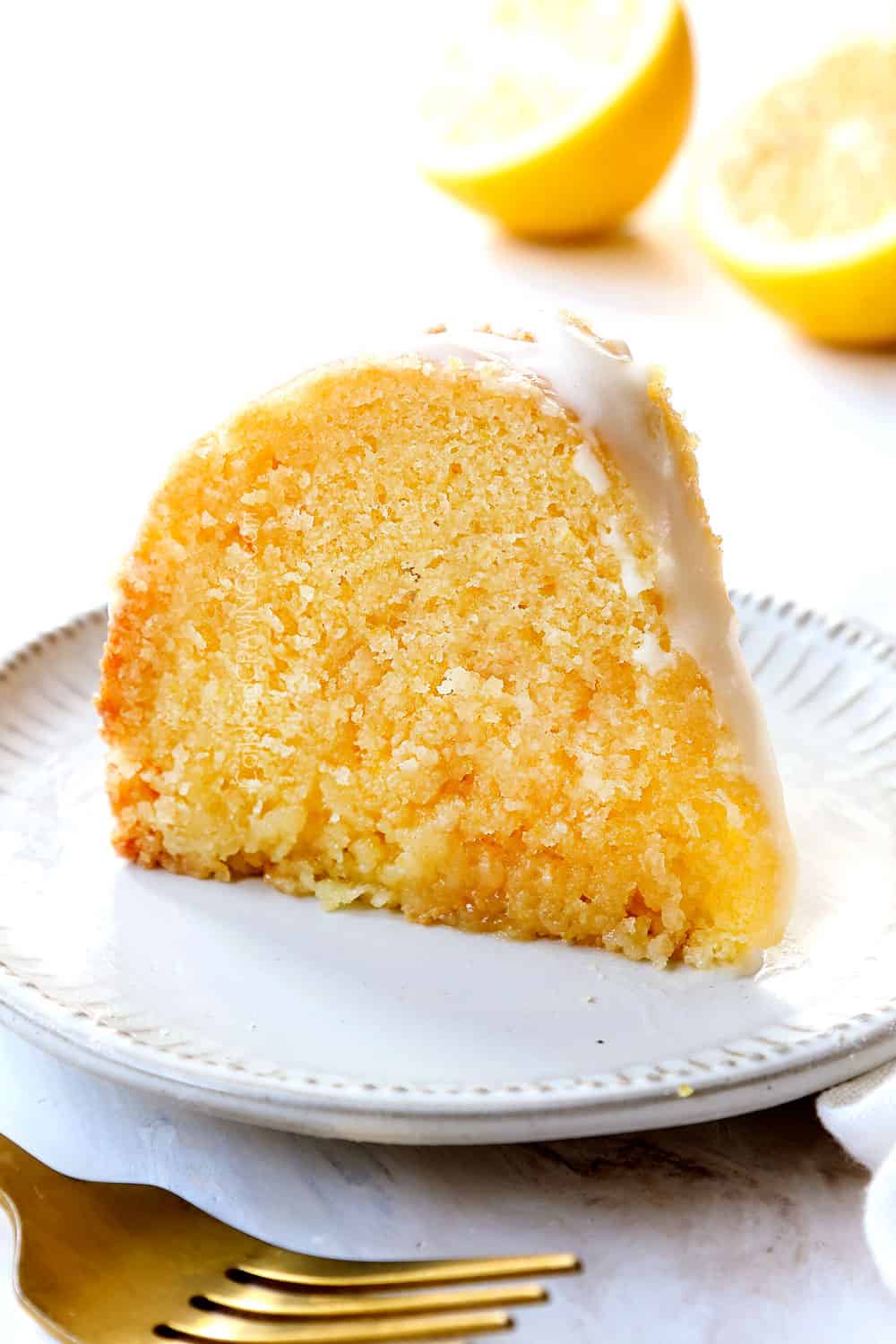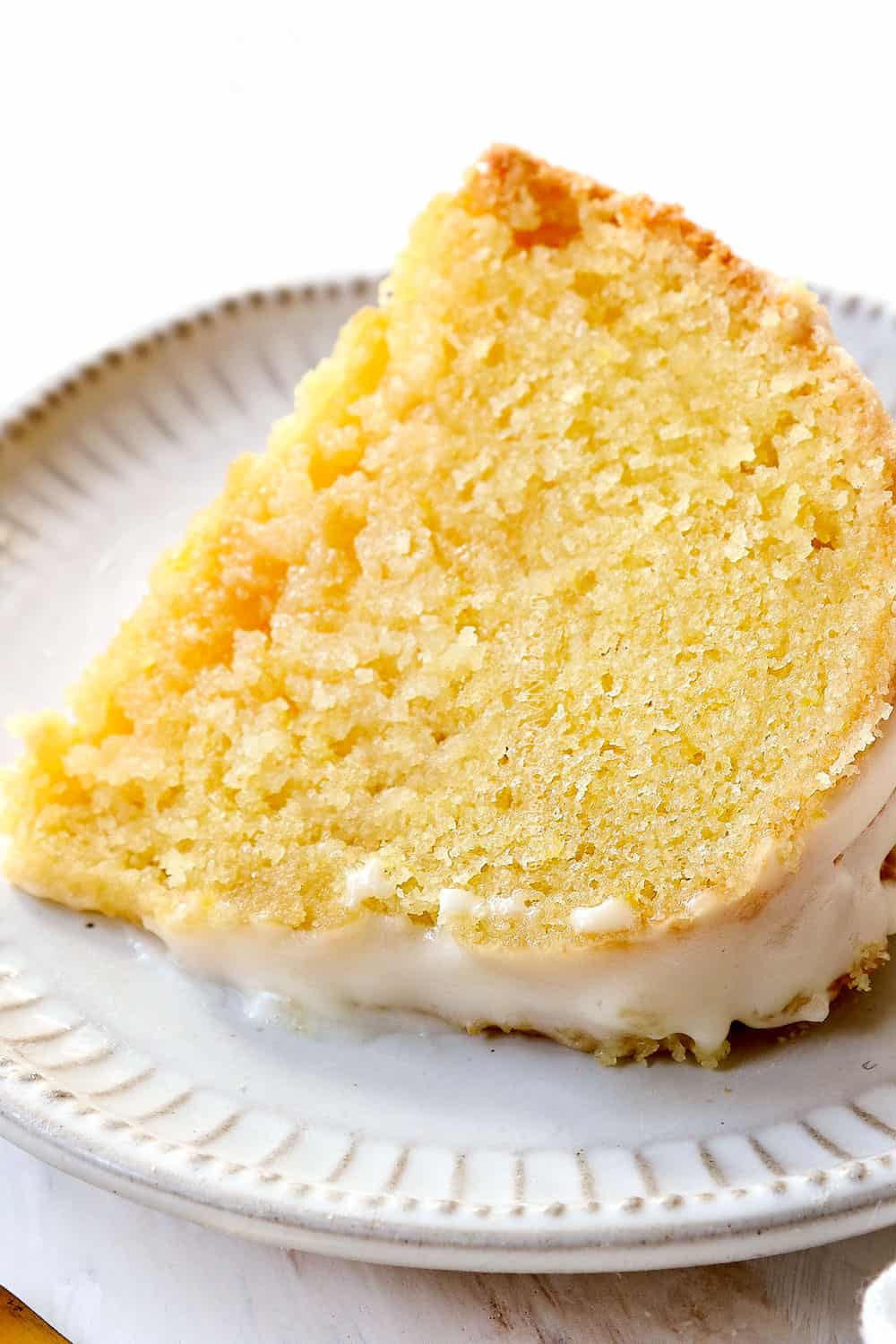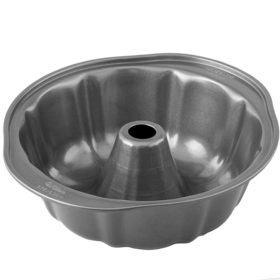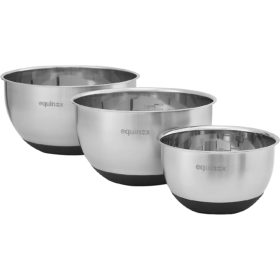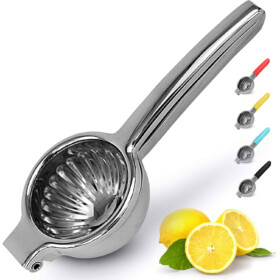Spring and summer means bright and fresh lemon, blueberry strawberry and carrot cakes! Some of our favorite Easter cakes include: Lemon Blueberry Cake, Strawberry Shortcakes, Strawberry Shortcake Cake, Hummingbird Cake, Carrot Cake with Pineapple Cream Cheese Frosting and Cream Cheese Stuffed Carrot Cake.
lemon pound cake recipe video
PIN THIS RECIPE TO SAVE FOR LATER
Lemon Pound Cake Recipe
Can you believe Easter is around the corner – the perfect excuse to whip up this lemon pound cake recipe! Lemon desserts have my heart, more than chocolate, so it’s safe to say, I am a lemon dessert critic- and this lemon pound cake is 5 stars fabulous in my opinion. This lemon pound cake recipe is based off of my Kentucky butter cake. My Kentucky butter cake is one of my favorite desserts and definitely the dessert I make the most often because it’s a make-ahead friendly, no-fuss cake without any layering or frosting, just a glaze. When I was making the butter cake a couple months ago, I had the epiphany that it would be incredible as a buttery lemon pound cake! And I was right. So, now that it’s spring, I’m ecstatic to share the recipe with you! To transform that recipe into this lemon pound cake recipe, I kept the same cake base with the addition of lemon juice and lemon zest, delivering a lemony velvet pound cake – not too tart and not too sweet- and rich, tender, dense and decadent in texture – the perfect sponge for the sweet buttery lemon syrup. To prepare for the lemon syrup, we poke the bottom of the lemon cake with holes, but instead of drenching it with butter sauce like in Kentucky butter cake, we douse it with lemon syrup, which is essentially butter sauce with added lemon juice. The syrup seeps into the rest of the cake, both intensifying the lemon flavor and creating the most wonderfully moist lemon pound cake you ever did taste. Finally, the lemon pound cake is crowned with a velvety cream cheese lemon glaze kissed with lemon juice for a creamy, silky, sweet, citrus glaze that is one of my favorite things ever. With the three layers of lemon – in the cake – in the syrup – and in the glaze – you get a crazy tender, buttery lemon pound cake with intense lemon flavor in every bite that’s the perfect balance of sweet and citrus. I hope you love it as much as us!
Why you’ll love this Lemon Pound Cake Recipe
There are thousands of lemon pound cake recipes out there – but my recipe is different. It uses a different cake recipe, techniques, and ratios. Here is what makes this lemon pound cake AMAZING:
Triple lemon: As previously discussed, this lemon Bundt cake is a triple threat with lemon in the batter, syrup and glaze! Greased with sugar: Have you ever buttered and “floured” your pan with sugar? It creates a delightful sugar crust like a doughnut and definitely elevates this recipe! Buttery cake: Combine lemon, butter and sugar and you have magic! This cake begins with my favorite butter cake recipe that is has more butter and one more egg than most lemon pound cake recipes which creates a richer, more velvety cake. Fool proof technique: This recipe uses room temperature ingredients (more on that below) and creams the butter and sugar which creates a much more tender, fluffy cake instead of just mixing the ingredients all in one bowl like many recipes. Poke lemon cake: Every pocket of lemon butter syrup is the highlight of the lemon Bundt cake! And unlike most lemon syrups, this one has butter! Zero stick: Poke cakes are notorious for sticking because the syrup essentially creates a glue. I have found the key so your cake doesn’t stick is to remove the cake from the pan while it’s still warm, just like you do all Bundt cakes. Now you’re guaranteed a lemon pound cake that comes out in one piece! So, you can eat piece after piece after piece… Versatile This lemon pound cake is versatile as well! I will show you how you can add blueberries, poppy seeds, almonds etc. to make the recipe that fits your mood every time!
Lemon bundt Cake ingredients
To make this lemon pound cake recipe, you’ll need the following ingredients, many of which repeat in the cake, syrup and glaze:
Lemon juice: Use only freshly squeezed lemon juice. Microwave the lemons for 15 seconds and be amazed at how much easier they are to juice! Lemon zest: Add concentrated lemon flavor. Make sure not to get the white pith or it will taste bitter. Butter: Unsalted is typically best for baked goods so you can add the precise amount of salt. If you only have salted, butter, you will need to reduce the salt in the recipe. Sugar: Use granulated sugar in both the lemon cake and the syrup to let the lemon really shine. Eggs: Need to be at room temperature! More on that below. All-purpose flour: I’ve never made this lemon cake with anything other than all-purpose flour, so I can’t speak to whether gluten-free flour, etc. would work here, but I assume gluten free baking flour such as Bob’s Red’s Mill 1 to 1 would work fine. Baking powder and baking soda: Helps tenderize the cake and make it rise in the oven. Buttermilk: Is more acidic than milk which helps tenderize the gluten, giving the cake a softer texture and more body. If you don’t have buttermilk, you can create a sour milk substitute with milk and vinegar. Cream cheese: Thickens the glaze so it doesn’t slip right off and adds that pop of tanginess to perfectly complement the bright citrus and sugar. Use full-fat brick-style cream cheese for best results but ⅓ less fat can also be used. Powdered sugar: Make sure to sift the sugar before making the glaze, otherwise it can whisk up lumpy.
DIY BUTTERMILK
I never keep buttermilk on hand – but I ALWAYS want to make this lemon pound cake! Buttermilk is crucial for a tender crumb because the lactic acid reacts with the baking soda to leaven the cake. Fortunately, you can make DIY buttermilk by adding 1 tablespoon white vinegar to a measuring glass then adding enough milk to equal one cup. If you only have reduced fat milk, add some half and half or heavy cream to give it body if you have it on hand. Give mixture a stir and let sit 10 minutes. The milk will curdle so you know it’s ready. From there, you’ll mix the lemon juice, lemon zest and vanilla extract into the sour milk/buttermilk.
HOW TO JUICE A LEMON FOR MAXIMUM YIELD!
You will need 7 tablespoons lemon juice for this lemon pound cake recipe – for the cake, syrup and glaze. Fresh lemon juice is always best, so it is important to know how to juice a lemon for maximum yield. First, you need to break down the membranes inside the lemon. The membranes hold all the juicy goodness we want!
Start with room temperature lemons. Microwave the lemon for 15-30 seconds if needed; or simply let warm in a bowl of war water. Allow to cool down and proceed. Vigorously roll the lemon on the counter top for a few seconds. Use a lemon squeezer or reamer to extract more juice.
How to Make The Perfect Iced Lemon Pound Cake
This lemon pound cake takes less than 15 minutes to mix – so please don’t be intimidated by the thorough tips and tricks! It takes another 20-30 minutes to make the syrup and the glaze and pour them over the cake – the rest of the time is waiting for the cake to cool. Here’s how to make it:
GREASE BUNDT CAKE PAN well
You will need a 10-inch, 12 cup nonstick Bundt cake pan for this lemon pound cake recipe. I usually love using nonstick cooking sprays with flour to grease my pans – but please do NOT use a spray for this cake because the cake is too sticky! Instead, you can use good old shortening or butter with flour OR add in a little sugar. I like to butter, sugar and flour my pan for this lemon Bundt cake because it creates a divine sugar crust like on a doughnut! Also, please be aware that older Bundt pans have a tendency to stick, especially if the coating has rubbed off in any area and will NOT work for this sticky recipe unless you omit the syrup. To grease, sugar and flour your pan: You can also follow the same technique and omit the sugar and just use 2 tablespoons flour but you’ll be missing that coveted crackling sugar crust.
USE ROOM TEMPERATURE INGREDIENTS
You will need room temperature butter, buttermilk and eggs for this lemon pound cake recipe. Room temperature ingredients help the emulsion be more successful between the butter, sugar and eggs, or in other words, they will mix much easier together (so it’s harder to overmix) and whisk to a higher volume which results in a softer lemon Bundt cake with maximum volume. Room temperature eggs also create a runnier batter which is easier to spread/not overwork so the lemon cake has more lift and rises more evenly. Cold eggs can break the emulsion of the sugar and butter, so the batter loses air cells, resulting in a baked cake that is grainy or flat in texture, dry or dense.
CREAM butter and sugar UNTIL FLUFFY
One of the keys to a soft lemon pound cake is to cream your sugar and butter until light and fluffy. You should beat your butter and sugar at medium – high speed for at least 3-5 minutes. I suggest setting a timer because 3 minutes will seem extra-long but you don’t want to cut it short. This step is so important because it is the only time you want to whip air into the lemon cake batter to create bubbles. The bubbles will expand as the cake bakes, resulting in a lighter cake. If you don’t cream them enough, your cake will be denser, not as tender, or rise as high.
BEAT EGGS LOW AND SLOW
Once you’re done creaming the butter and sugar, you want to add the eggs one at a time and beat slowly which gives the batter time to thicken and emulsify because eggs and butter don’t mix naturally. Mixing slowly adds emulsifiers from the egg yolks and will not break the fat (from the butter and egg yolks) and water emulsion (from water contained in the butter or fat and eggs). It results in a creamy batter that holds in the air bubbles in, previously created through creaming and beating. Overbeaten eggs can also create a fragile crust that crumbles and separates from the cake as it cools.
Alternate Dry and wet Ingredients
Now it’s time to incorporate the dry and wet ingredients. The dry ingredients are whisked together separately so they can be evenly divided into the batter without over working it. They dry ingredients include: flour, baking soda, baking powder and salt. The wet ingredients include buttermilk, lemon juice, lemon zest and vanilla extract all whisked together in a pourable liquid measuring cup. You will want to alternate slowly adding the dry and wet ingredients to the batter in order to keep it stable. If you add all of the wet ingredients at once, it can break the emulsion and cause the batter to separate. If you add all of the dry ingredients at once, the batter will be too thick which will result in overmixing and a tougher cake. Instead, adding them in alternating thirds beginning and ending with the dry ingredients, keeps the batter stable and easy to mix.
Don’t overbeat the cake batter
Once you add the wet and dry ingredients to the cake batter in thirds, stop mixing as soon as you see most of the streaks of flour disappear. Overmixing cake batter causes the gluten in the flour to form elastic gluten strands which result in a dense, chewy texture.
DON’T PEEK
I know it is going to be hard not to peek at your beautiful lemon pound cake, but please don’t open the door! Opening the doors can cause your cake to cook unevenly and to fall. Only check on your cake at 55 minutes.
DON’T OVERBAKE
One of the main reasons people complain of dry cakes is because they over bake their cake You want to remove your cake when there are just a few crumbs clinging to a toothpick. Check your lemon pound cake at 55 minutes then continue to cook as needed, setting a timer so you don’t overbake it.
POKE HOLES in the bottom of the cake
Here comes the fun part! Let the lemon cake rest for 5 minutes then poke holes all over the bottom of the cake, about 45 holes. I have found the thin end of a chopstick to be just the right size. Skewers are too thin and the back of a spoon is too big. If you don’t have chopsticks, try and find something similar in size such as the back of a utensil. If all else fails, you can use a skewer but wiggle it around a little to create a bigger hole. You will want to poke the holes about ¾ of the way down. This allows the butter sauce to penetrate the lemon cake without oozing out the top and sticking to the pan.
MAKE lemon BUTTER syrup
Immediately after poking holes in the cake, make the lemon butter syrup by combining butter, sugar and lemon juice in a saucepan and cooking until the sugar mostly dissolves. You don’t want to make the syrup too soon because it will thicken and even crystallize and harden. Making the syrup when the cake comes out of the oven is perfect timing because it also gives the cake a few minutes to cool.
POUR SYRUP INTO the HOLES
Slowly pour the syrup into the holes of the cake. You’ll want to work slowly so the it actually seeps into the holes of the lemon cake and doesn’t pool and drip down the edges into the pan. Tilt the pan as needed so the syrup doesn’t run down the sides of the pan because this will glue the cake to the pan and it won’t come out in one piece.
REMOVE CAKE FROM PAN
After you’ve poured the syrup over lemon pound cake, let it sit for 15 minutes. This allows the cake to retract from the pan and become firm enough to remove without breaking. If you leave it for too long, then it can become damp and stick to the pan and more importantly, the glaze can stick and harden like glue. When you’re ready to remove the cake, run a knife around the edges of the cake. Firmly tap the outside of the pan a few times until you feel the cake is loose, then invert the cake onto a plate or cake stand.
GLAZE CAKE
To make the lemon glaze, beat the cream cheese, powdered sugar and 3 tablespoons lemon juice until smooth. Make sure to sift the powdered sugar into the bowl so you don’t end up with lumps. Once the glaze is smooth, taste and add additional lemon juice if you would like a tangier glaze. Now the finishing touch! Drizzle the lemon glaze all over the cake, letting it drip down the sides. I use a small gravy boat but you can also use a spoon or piping bag. Some of the glaze will pool at the bottom of the cake, which just means extra glaze for that piece of lemon cake!
Make This Recipe For Lemon Pound Cake Ahead of time
This lemon pound cake tastes equally delicious the next day, just hold the glaze! To make ahead, cool the cake completely on a baking rack, then wrap the cake tightly in plastic wrap. Store at room temperature until ready to serve, then add the glaze and voila! Alternatively, you can make the entire lemon cake including the glaze, cover with a cake container or tent with foil, refrigerate (due to the cream cheese in the glaze) then let sit at room temperature for one hour before serving to remove some of the chill. Even better, microwave individual slices for 20 seconds or so – SO good! Microwaving individual slices makes them incredibly moist and soft – even better than freshly made!
Lemon Pound Cake Recipe Tips
We’ve gone over most of the tips for success in the above section, but here are a few more areas to pay attention to:
Lemon yield: An average lemon will provide you with about 2-3 teaspoons lemon zest and 3 tablespoons of lemon juice, so for this lemon pound cake recipe you will need about 3-4 lemons; go with 4 to be safe, more if they are small. Lemon zest: Is a key ingredient in this recipe. This is the bright yellow outer layer of the lemon peel. Use a micro-plane or a box grater for grating. Make sure you only stop grating at the yellow part as the white under part (pith) is extremely bitter. Use the correct size pan: You will need a 10-inch/12-cup Bundt cake pan for this recipe. Make sure it is a nonstick pan in good condition otherwise your lemon pound cake will stick. Prep Ahead: As with all recipes, carefully read through the entire recipe, and prepare any special ingredients, such as room temperature butter, eggs and buttermilk. Room temperature eggs hack: Add warm (not hot) tap water to a bowl then add eggs (still in their shells) for at least 20 minutes. You can microwave your buttermilk until room temperature (NOT hot). Pre-Measure Ingredients: This is optional but I like to pre-measure my ingredients before I start so that way, if/when I get interrupted, I haven’t lost track of measurements. Don’t pack flour: Whenever you measure flour, don’t scoop it into the flour bag/container or else the flour will compress and packed flour yields denser, drier cakes. Rather, scoop flour into measuring cup and then level. Release air bubbles from batter: Cake batter needs air in order to bake up light and fluffy, but you don’t want the air bubbles caused from adding the batter to the pan because too much air will create holes and cracks in the baked cake. To help get rid of air bubbles, tap the pans on the counter a few times after filling them with batter and wiggle back and forth. This will make the air bubbles rise to the top of your lemon cake. Bake cake immediately: Don’t forget to preheat your oven before you start making the cake batter. Once the baking soda is added to the wet ingredients, a chemical reaction begins. You need to take advantage of this reaction quickly before it passes otherwise your cake won’t rise as high or be as tender. Invert cake onto parchment paper: Brush excess glaze on the bottom of the cake into the holes. If you have excess glaze on the bottom of the cake, you should invert the cake onto a parchment paper lined plate otherwise it can stick to the plate when serving. Don’t microwave cream cheese or butter! For the glaze, use cream cheese softened at room temperature. If you soften the cream cheese in the microwave, it can be too runny. Thicken glaze: If your glaze is too thin, pop it into the refrigerator for 15 minutes to thicken up. Patch up any missing cake: I have never had a problem with any of my lemon Bundt cakes sticking, but if any cake is left behind in the pan, simply pick up the pieces and patch them back into the cake. The glaze added to the top of the cake will hide any imperfections.
What to Serve With Lemon Pound Cake
Lemon pound cake is fabulous in its citrus, buttery simplicity, but it’s also wonderful with fresh berries such as strawberries, raspberries, blueberries and/or blackberries, Vanilla ice cream (and berries!), or a dollop of homemade whipped cream (and berries!) are also tasty.
Buttermilk Lemon Pound Cake Variations
This lemon pound cake recipe is extremely versatile so you can bring your personal taste and mood every time you make this recipe! You can use the recipe as a springboard to make lemon blueberry cake, lemon poppy seed cake, lemon almond cake and lemon pistachio cake:
Lemon Blueberry Cake: I try to use smaller blueberries as they disperse more evenly and it seems to allow the batter to cook more evenly. Mix 2 cups blueberries with two tablespoons flour to help prevent them from sinking. Fold blueberries into the cake batter at the very end of mixing. Your cake may require extra baking time because the blueberries add moisture to the cake. Lemon Poppy Seed Cake: While I could never tire of the Lemon “trifecta” – it can become even more delicious with poppy seeds! If you want to add poppy seeds to the mix, simply add ¼ cup poppy seeds with the dry ingredients. Lemon Almond Cake: Another fabulous addition to lemon cake is almonds! To make lemon almond cake, gently fold ½ cup slivered almonds into the batter before baking. You can also add 1 teaspoon of almond extract to the glaze.
How to Store an Iced lemon Pound Cake
Cover the lemon pound cake and store in the refrigerator for up to 3 days. Cakes tend to dry out in the fridge, so be sure to wrap it tightly and microwave individual slices for 20 seconds to make it extra moist.
Freezing Buttermilk Lemon Pound Cake
It is best to freeze lemon pound cake without the glaze (but with the syrup drizzled in the holes). To freeze:
LOOKING FOR MORE EASTER CAKE RECIPES?
You can see all my Easter recipe cakes HERE. Here are a few to wet your palate:
Coconut Cake (Triple Coconut!) Carrot Cake with Pineapple Cream Cheese Frosting Cream Cheese Stuffed Carrot Cake Lemon Poke Cake Chocolate Raspberry Cake Chocolate Eclair Cake Lemon Blueberry Cake Strawberry Cream Cheese Pound Cake Chocolate Covered Strawberry Pound Cake Blueberry Muffin Cake Strawberry Shortcakes
Tag @CarlsbadCravings and Use #CarlsbadCravngs Leave a Review, I Always Love Hearing From You!
